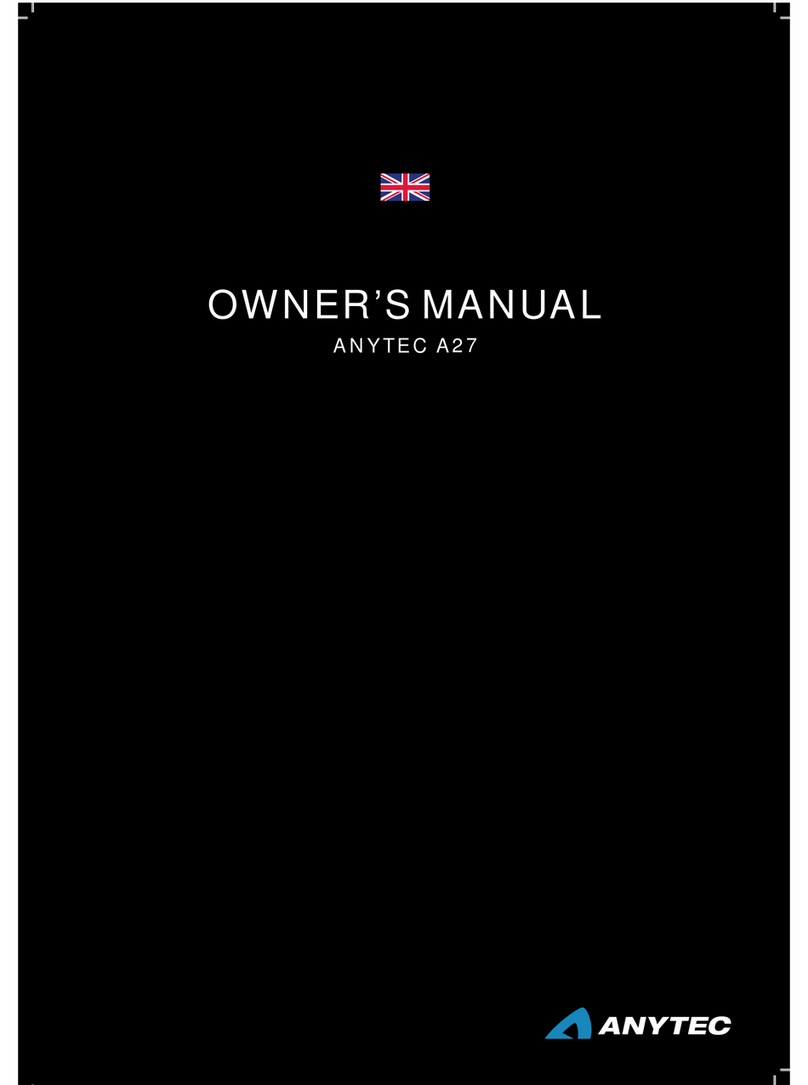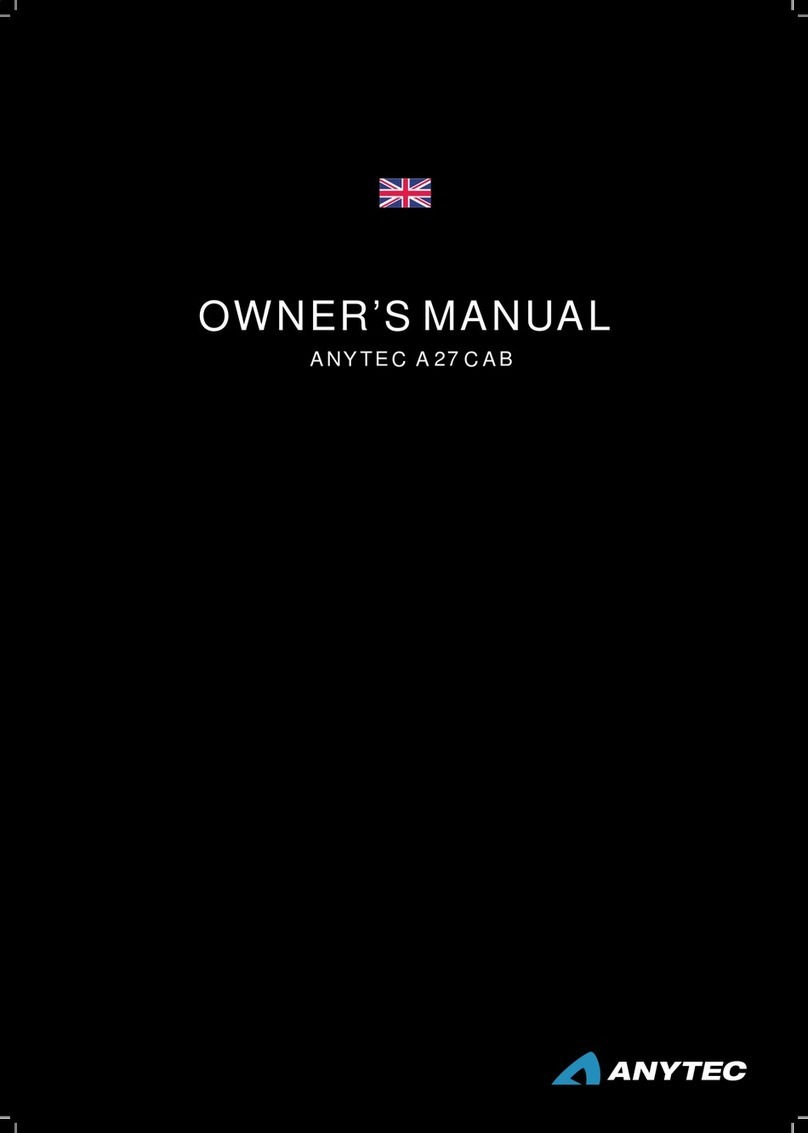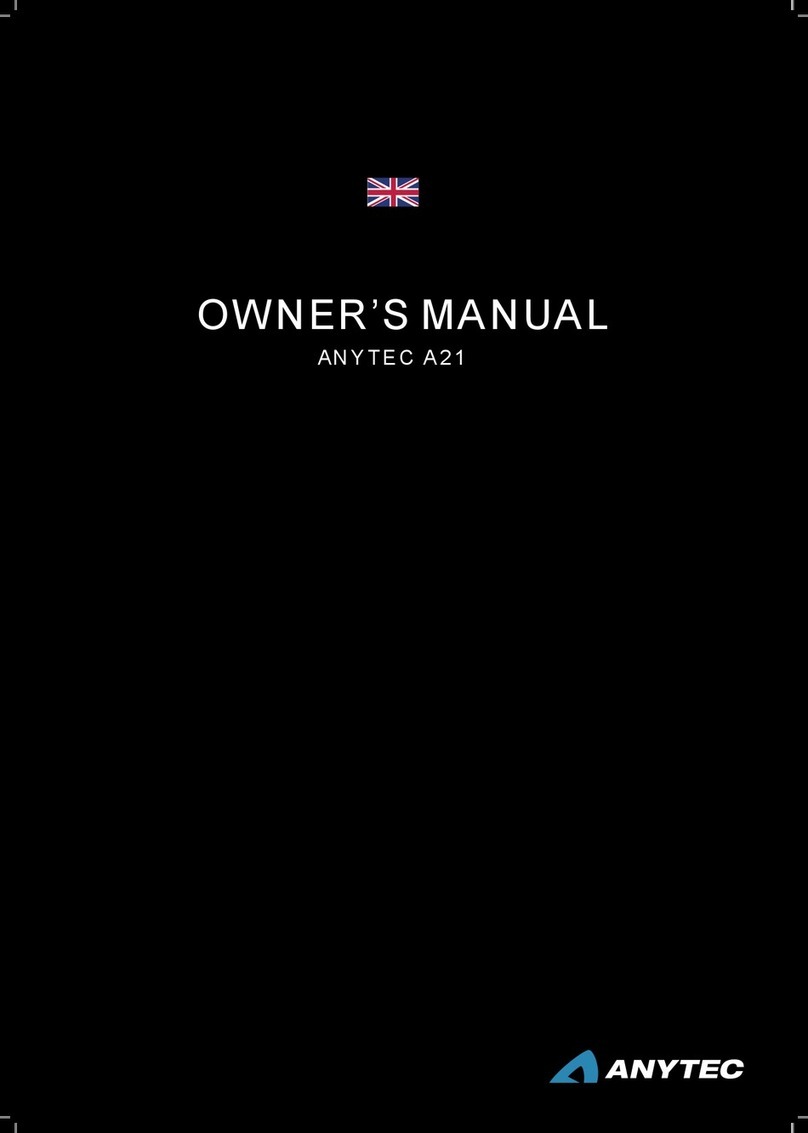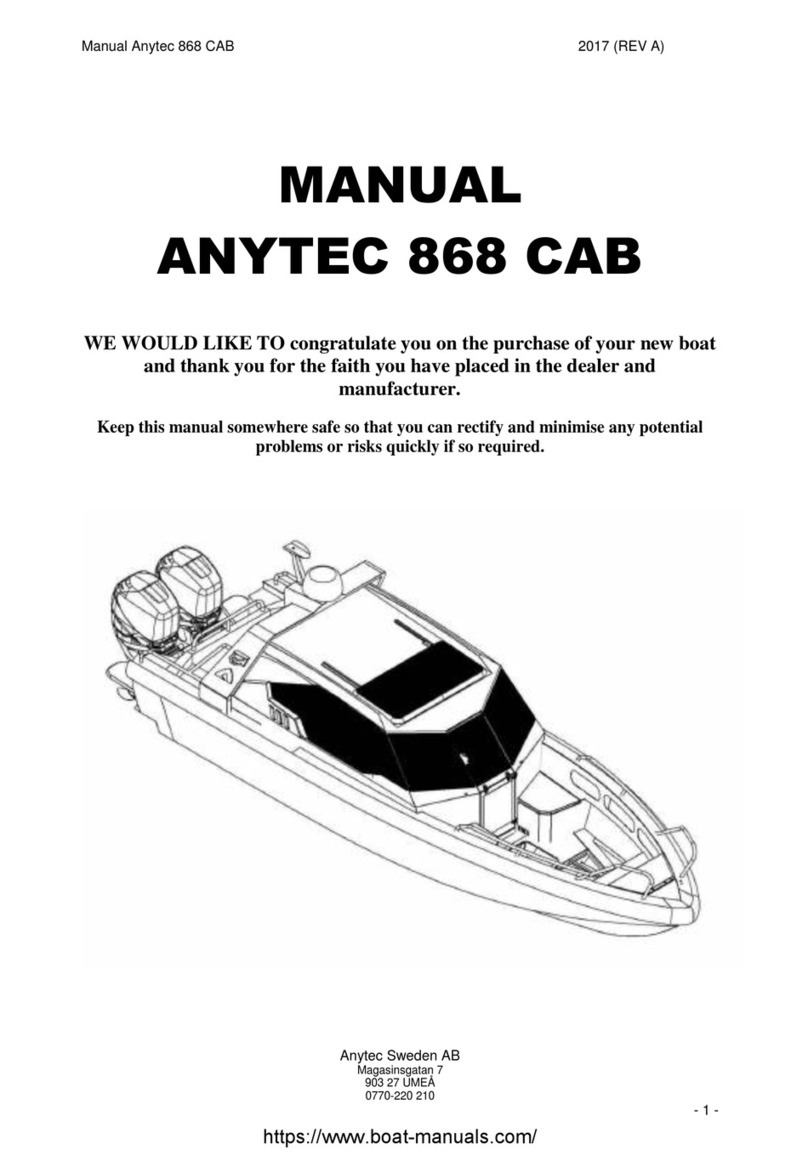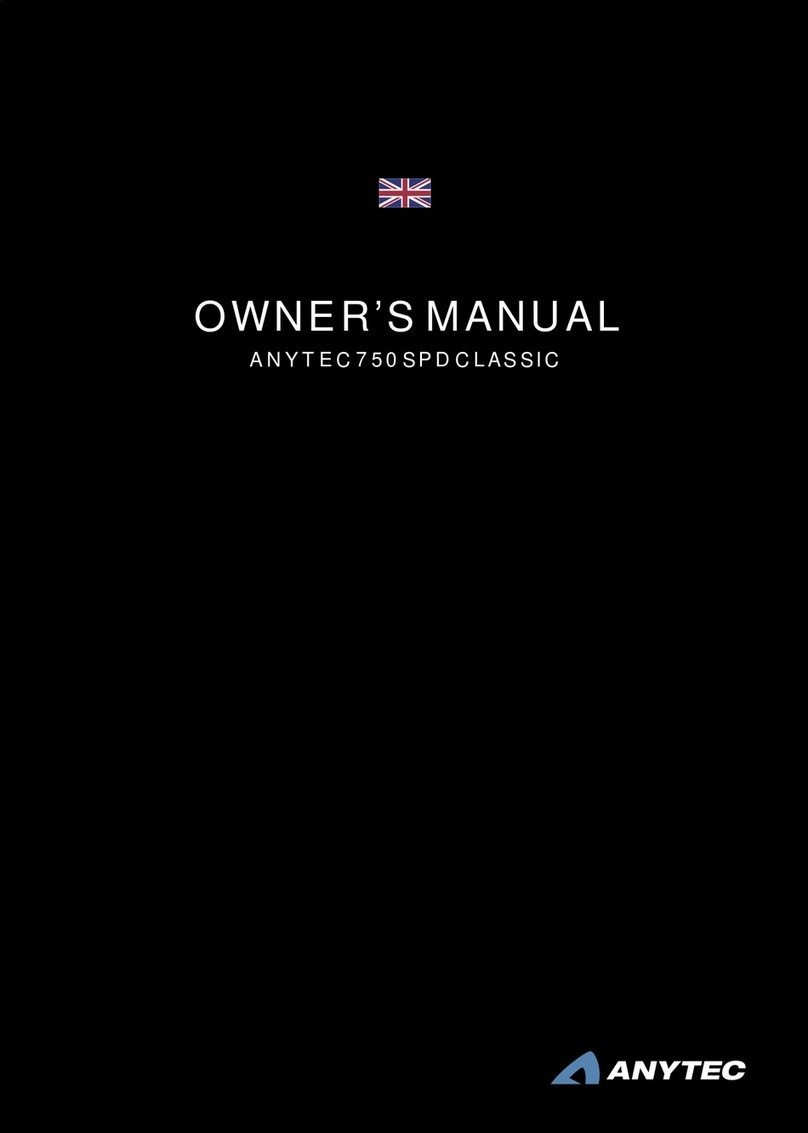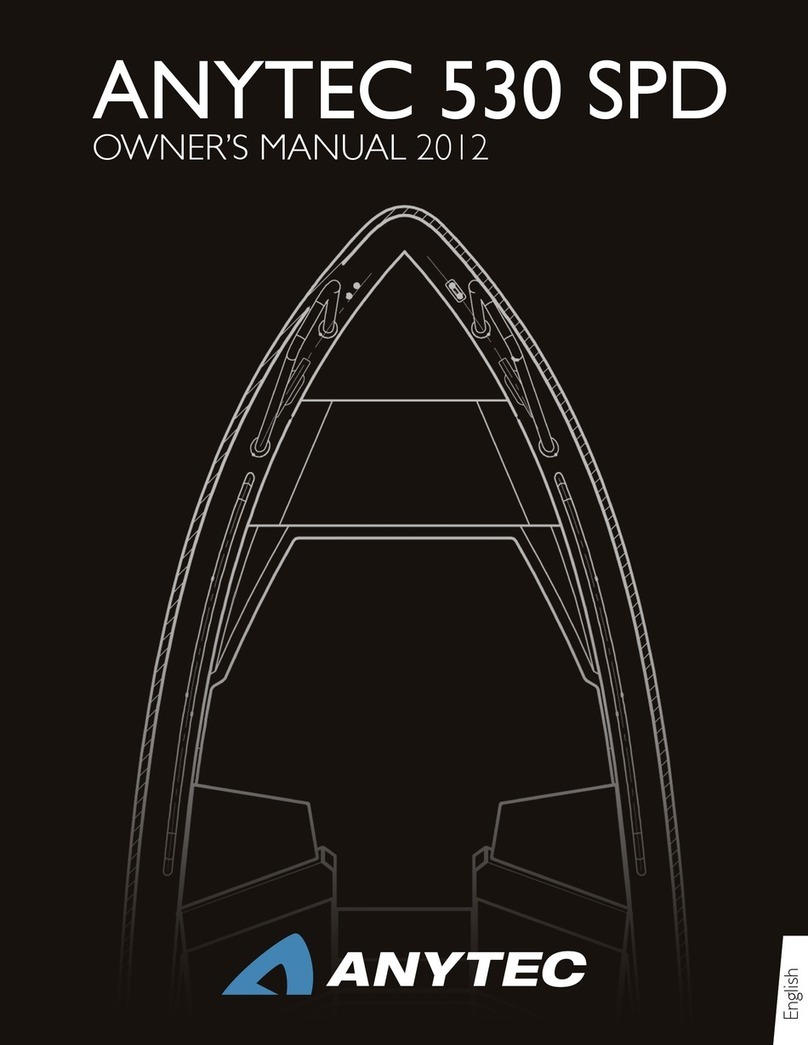3. GENERAL INFORMATION.........................................................23
3.1 BOAT DIMENSIONS &SPECIFICATIONS .......................................................................23
3.2 DESIGN CATEGORIES.....................................................................................................24
3.3 ENGINE REQUIREMENTS ................................................................................................25
3.4 VESSEL STABILITY AND BUOYANCY .............................................................................26
3.5 LOAD CAPACITY ............................................................................................................26
3.6 PASSENGER LOCATIONS AND EMBARKING/DISEMBARKING.....................................27
3.7 SAFETY LABEL LOCATIONS............................................................................................29
3.8 DECK LAYOUT................................................................................................................31
3.8.1 Boat layout. Standard equipment ...................................................................................................31
3.8.2 Boat layout, optional equipment .....................................................................................................32
3.9 STORAGE COMPARTMENTS ..........................................................................................33
3.10 THRU HULL LOCATIONS.............................................................................................34
3.11 DASH LAYOUT .............................................................................................................35
3.11.1 Dash layout (standard and optional equipment) ....................................................................35
3.11.2 Dash switch panel ............................................................................................................................. 36
3.12 TRAILERING ..................................................................................................................37
3.13 STRONG POINTS ..........................................................................................................38
3.14 LIFTING OF THE BOAT.................................................................................................39
4. SYSTEMS & COMPONENTS ......................................................41
4.1 FUEL SYSTEM ...................................................................................................................41
4.1.1 Fuel tank.................................................................................................................................................. 42
4.1.2 Filling the tank.......................................................................................................................................42
4.1.3 Phase separation ..................................................................................................................................42
4.1.4 Fuel filter ................................................................................................................................................. 42
4.2 STEERING SYSTEM...........................................................................................................43
4.3 NAVIGATION LIGHTS.....................................................................................................44
4.4 BILGE PUMPS ...................................................................................................................44
4.5 SIMRAD MULTIFUNCTION DISPLAY &NAVIGATION SYSTEM ....................................46
4.5.1 Simrad wireless network .................................................................................................................... 47
4.5.2 Simrad radar system (optional) ....................................................................................................... 48
4.6 ENGINE CONTROLS AND INSTRUMENTATION ..........................................................48
4.7 ZIPWAKE TRIM SYSTEM..................................................................................................49
4.8 SWIM LADDER /MOB RESCUE LADDER ......................................................................51
4.9 WINDSHIELD WIPERS.....................................................................................................51
4.10 SUNROOF .....................................................................................................................51
4.11 ANYTEC PERFORMANCE SEAT SUSPENSION .............................................................51
4.12 STERN ANCHOR WINDLASS (OPTIONAL).................................................................52
4.13 BOW THRUSTER (OPTIONAL)....................................................................................53
4.14 HEATER (OPTIONAL)...................................................................................................54
Anytec 747CAB Owner's Manual English V9.pdf 6 1/18/2018 7:37:25 PMAnytec 747CAB Owner's Manual English V9.pdf 6 1/18/2018 7:38:24 PM






